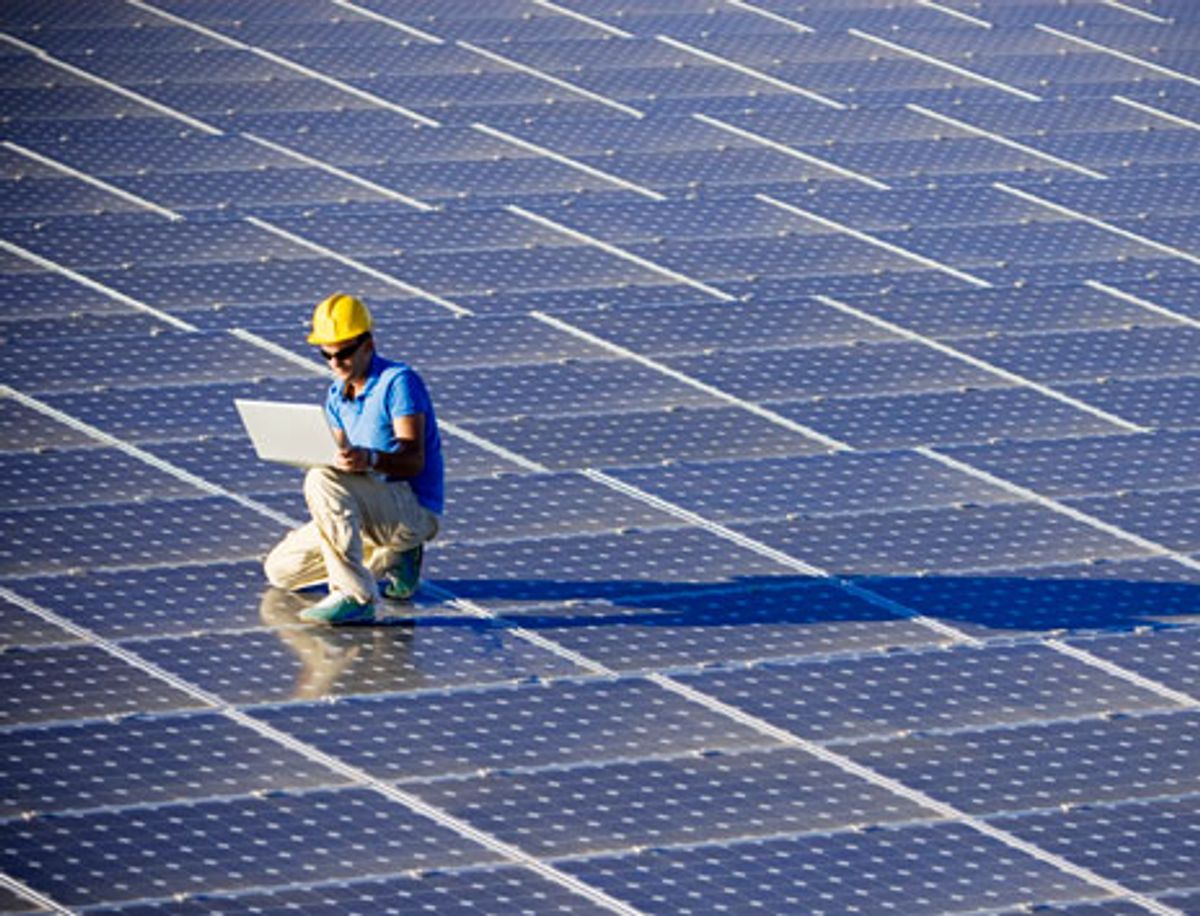One of the confusing problems with the so-called Moore’s photovoltaics law, which predicts a steady decline in PV production costs, is that costs are easily confused with prices. From the point of view of solar energy's long-term commercial viability, lower prices and costs are both a good thing, of course. But from the producer's point of view, low costs are not a good thing if they only reflect weak markets.
That unfortunately is the situation today. Since the beginning of the year, solar cell prices have dropped about 40 percent, as some government subsidies have been phased out just as production capacity has sharply increased. Prices "are now below the cash cost for many manufacturers," the Financial Times reports today--meaning presumably that prices are below production costs. The situation suggests, the British paper continues, that there will be considerable consolidation in the photovoltaics industry in the coming year.
To be sure, there are still many bright spots in what the FT can't resist calling a "cloudy" outlook with "dark days." A big one is that China has just unveiled a feed-in tariff for solar projects, Taking a cue from similar laws in Germany, Denmark, and Spain, among others, China will guarantee the price of electricity generated by solar cells. For any projects completed before 1 July this year, the price is 1.15 yuan--nearly 18 U.S. cents per kilowatt-hour--and for projects completed thereafter it will be 1 yuan.
That's great news for China's solar manufacturers but not, admittedly, for all others. Chinese producers already dominate the world market, and the feed-in tariff will help them cement their hold.



